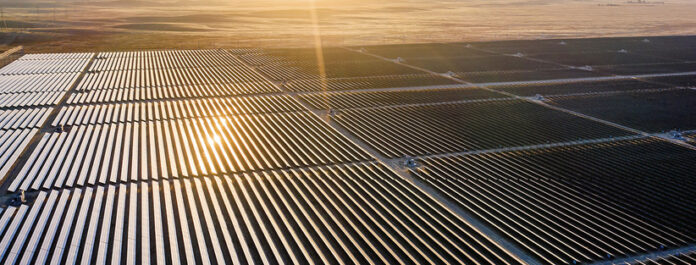According to the IEA’s latest “World Energy Outlook 2022” study, PV and wind energy are the most effective means of reducing emissions in the electrical industry. According to the organization, their percentage of power production will increase from 10% in 2021 to 40% in 2030 and 70% in 2050.
In 2021, solar energy accounted for more than 3% of worldwide power production. In 2021, annual capacity increase surpassed 150 GW, setting another record. The price of solar panels has decreased by 80% over the past decade due to economies of scale and ongoing innovation in the supply chain. Consequently, PV has become the most cost-effective kind of energy generation in many regions of the world. In 2030, the IEA anticipates yearly growth to more than treble to 650 GW.
Due in part to the Inflation Reduction Act, yearly solar and wind power installations in the United States will climb 2.5 times from their current levels by 2025. (IRA). China’s coal and oil consumption will peak before the end of this decade, which is also fueling the tremendous development of sustainable energy in the country. According to the analysis, the European Union’s demand for gas and oil would decline by 20% and coal consumption will fall by 50% over the course of this decade as a result of accelerated renewable energy deployment and efficiency improvements.
In 2021, the average selling price of solar panels increased for the first time, by almost 20% compared to 2020, due to rising freight and material costs, especially polysilicon. Despite the fact that module costs remained high throughout the first half of 2022, the IEA predicts that further breakthroughs, material advancements, and energy efficiency would result in additional cost reductions.
According to the IEA, the energy crisis precipitated by Russia’s invasion of Ukraine might hasten the transition to a more sustainable energy system. Despite the fact that the consumption of fossil fuels will reach its high in this decade, it will fall in the long run. Through initiatives like as the IRA, REPower EU, and others in Japan, South Korea, and China, the IEA predicts that more than $2 trillion will be spent annually in climate-neutral technology by 2030. This represents an increase of more than fifty percent compared to the present. However, this would fall short of the 1.5-degree objective, which would need an expenditure of $4 trillion by 2030.
Russia’s invasion of Ukraine has permanently altered the energy markets and energy policy, according to Fatih Birol, the director-general of the International Energy Agency (IEA). Even with the current political framework, the energy industry is undergoing a radical transformation before our eyes. Government actions throughout the world promise to make this a historic turning point toward a cleaner, more affordable, and more secure energy system.”





